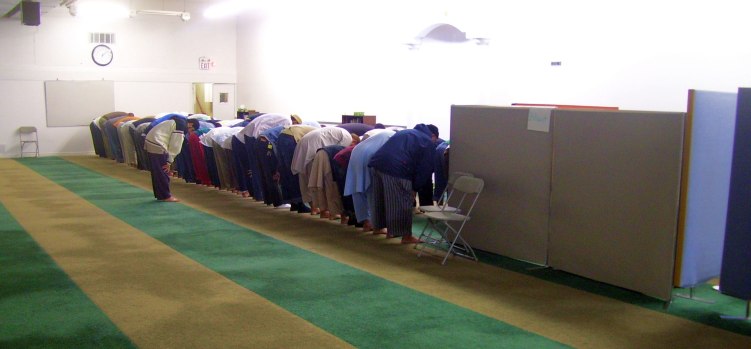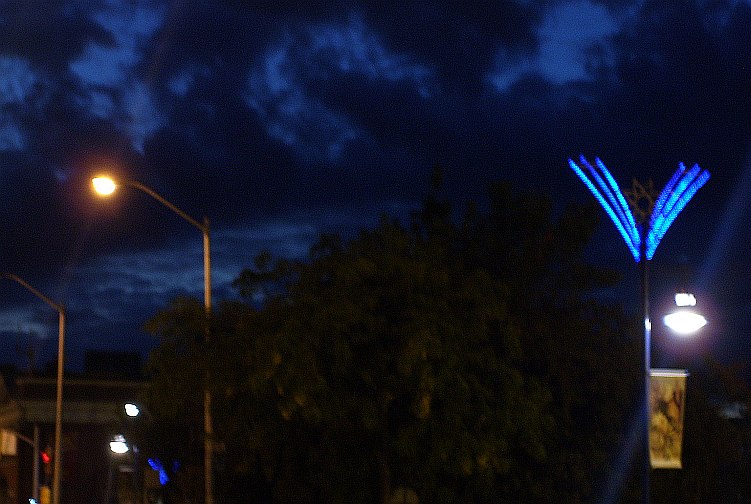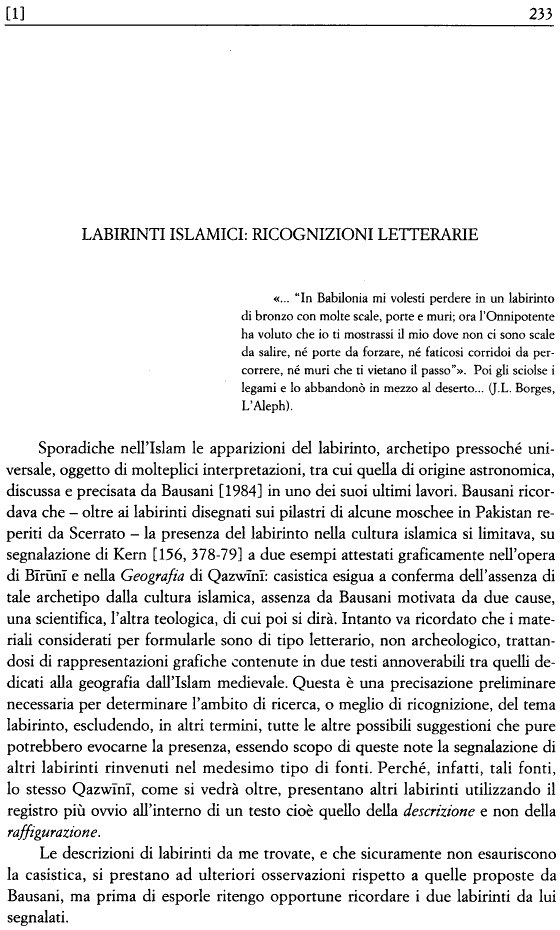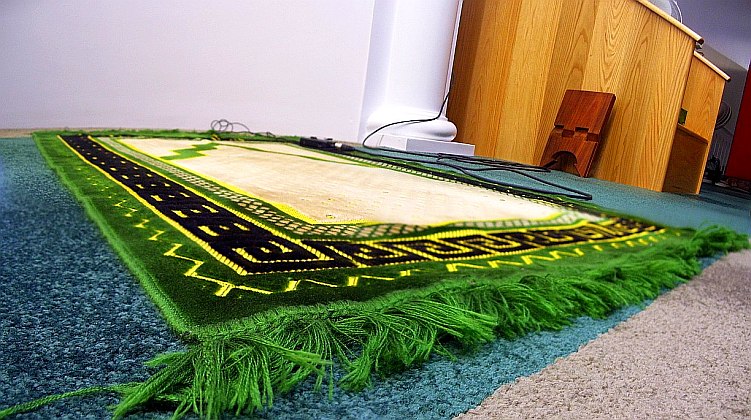Bismillah
Bismillah — In the Name of God Alone — is spoken aloud and whispered upon the lips millions of Muslims — and some Arabic speaking Christians — before they began any endeavour, simple and ordinary or complex and involved.
I found myself catching the Fajr — Dawn — prayers at the Dawah Centre in Bloordale Village this morning.
With the shortest of the five daily prayers completed, worshipers dissipated elsewhere into the prayer hall, allowing me to eye the prayer mat of the Imam. I notice as if for the first time, the pattern framing the prayer rug had a labyrinth-like motif.
Could the answer to my elusive quest in search of Labyrinths within Islam have been right in front of me my entire life?
It is the morning after the night belonging to the 27th day of Ramadan.
The night of the 27th is traditionally the most emphasized of the five possibilities for Layla tul Qadr — The Night of Power — hidden within the odd numbered nights in the last ten days of Ramadan, the 9th month in the Islamic — Hijri — Calendar.
Looking at the prayer rug and its design motif at this moment in this place after such a Night is not lost on me. Among the many lessons learned privately these past three and half weeks, this significance is immediately recognized, spiritually digested, and the Source given His due: appreciation and thanks.
Sitting behind the prayer rug, I weave my right index finger through the yellow lanes created in the wake of soft woolly black circuits.
The sensation of completing a finger labyrinth runs through my consciousness, both familiar and strange all at once. Previously this summer, my hands had travelled across the braille finger labyrinth in place at the entrance to Toronto Public Labyrinth. This is my first carpet-like finger labyrinth.
The pattern itself is not exactly a true unicursal labyrinth. It is more of a sieve — a passage-way in and through — to and from in time and space and place.
As if stepping onto the prayer mat, allows the transcendence of leaving the material world momentarily to complete one’s obligation to The Creator.
Afterword, having completed any of the five daily obligations, we exit by crossing through this border, visa not required, and return to our home and busy daily lives in the material world.
At once I am reminded of my first-of-kind Giant Outstallation Art created at Woodbine Beach in 2002. A circle filled with found objects culled from the entire beachscape. Yet, the artwork never felt complete until the placing of several dinosaur egg sized stones around the piece. These dots allowed for easy movement in and out of the art outstallation. It was not a closed piece. It was a sieve. Waves from Lake Ontario washed upon the shore, knowing full well it would get its turn to taste the artwork in due course.
Nature is patient.
Man is not.
I exit the Dawah Centre forgetting my bike is locked at the corner.
Scanning the dawn, the thinning crescent decides to peek through the clouds.
I try to capture the moment with my canon. The thin crescent too is using a sieve. Playing hide and seek, the clouds become weightless ever evolving circuits and lanes.
Once home, I re-search Labyrinths in Islam. Serendipity provides a second book-end this morning in my elusive quest.
Perhaps the following was hidden from me until I was ready…
Labirinti islamici : Ricognizioni letterarie
The presence of labyrinths in Islamic culture believed to be attested only by the images found in the Works of Bīrūnī and Qazwīnī and a few later examples in mosques (Scerrato).
Bausani argued that the reasons for the lack of this archetype and its interpretation in Islamic culture were scientific and theological, yet medieval Arab geographic sources (Andalusī, Ibn Jubayr, Mas’ūdī, Qazwīnī, Dimašqī) contain others descriptions of labyrinths and their morphology is not dissimilar from the morphology prevailing in Western culture.
While the astronomical origin of the labyrinths archetype, as Bausani and other Scholars have argued, is most very plausible, it is unlikely that any culture would be aware of this origin.
Therefore, the lack of awareness alone cannot explain the absence of the archetype in Islamic culture.
At the same time, it is hard to find textual sources in support of a theological rejection of the labyrinth archetype.
In effect, the labyrinth is more latent than absent in medieval Islamic culture : it is pictured and discribed, but not perceived as a polysemic archetype and not codified as a myth-making unit, possibly because of the lack of a vehiculing myth.
…Yet another reason to refresh my Little Italy earned literary skills.
I find myself — a Muslim in downtown Toronto who creates Cathedral inspired labyrinths all over the city — this morning with question anew:
Is this Toronto City of Labyrinths Project of mine, the vehiculing myth that has been lacking in Islamic culture?
Many, many, many, many prayer rug designs and patterns have seen forehead submit to The Creator’s commands of prostration five times a day over the course of fifteen centuries.
Finding one such prayer rug with just such a labyrinthy motif is easy enough among Toronto’s many Muslim shopkeepers.




